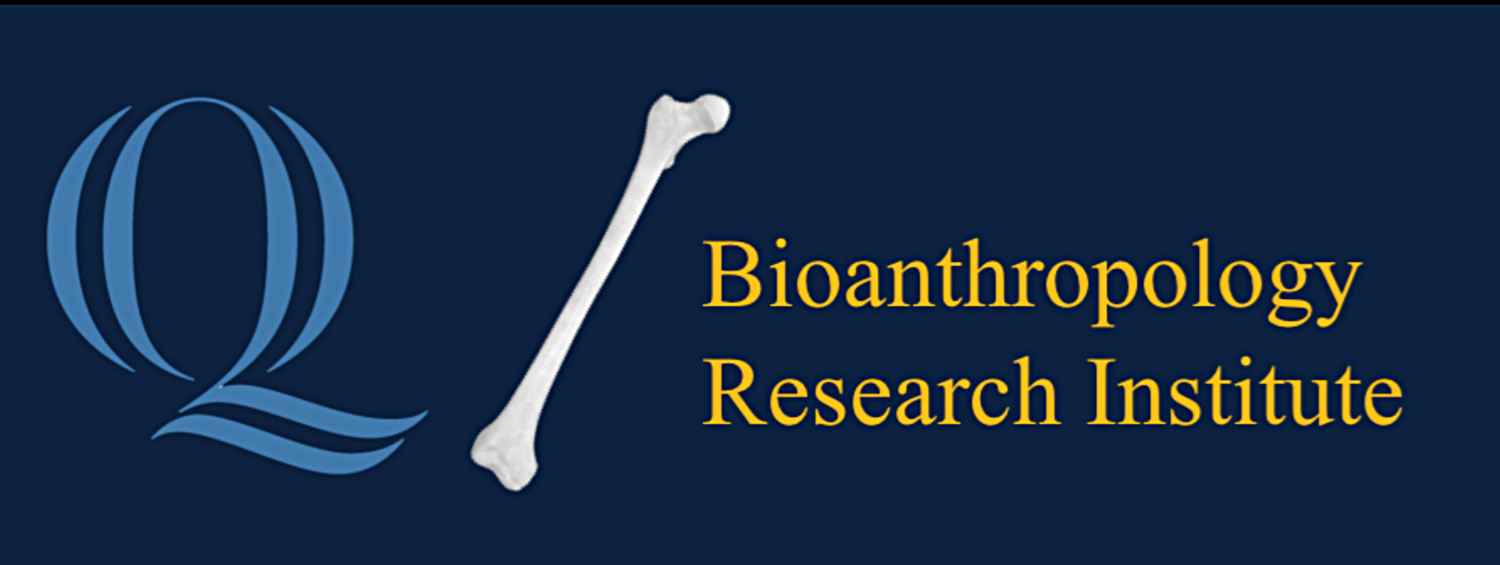May 2, 2013 - When New Haven officials discovered a pair of 100-plus-year-old time capsules encased in concrete beneath a Lincoln Oak Tree uprooted during Superstorm Sandy on the New Haven Green, they knew whom to call.
Gerald Conlogue, professor of diagnostic imaging and co-director of the University’s Bioanthropology Research Institute, is renowned for unlocking history’s secrets in some of the most remote corners of the globe.
Conlogue worked with Katelyn D’Alleva and Nini Shingleton, both diagnostic imaging juniors at Quinnipiac, to determine the contents and locations of the 104-year-old 10-inch long by 4-inch wide copper capsules.
“It was imperative to determine the precise locations of each of the 30 items between the two capsules to ensure that they would not be damaged when opening them,” Conlogue said. “Katelyn and Nini had to use all of the knowledge that they developed in the classroom to determine what was inside – and where each item was located. They did a really great job.”
The students helped to take more than 30 X-rays of the capsules to determine the ideal place to enter. They then helped to open the containers.
“It was a very difficult process,” said Drew Days, proprietor of the New Haven Green. “Quinnipiac has been critical in this effort. They came with the sophisticated instruments needed to go into the base and see what was inside.”
Days said without the efforts of Conlogue and his students, “it would have been impossible to bring these up.”
The first capsule was sealed on Feb. 12, 1909 in commemoration of the 100th anniversary of the birth of President Abraham Lincoln. It contained six newspapers, letters and artifacts from the Battle at Gettysburg. The second capsule was sealed on April 9, 1909 in commemoration of the 44th anniversary of General Robert Lee’s surrender at the Battle of Appomattox Court House. It contained commemorative coins, programs and prayer cards, newspapers, a war medal and business cards.
“Quinnipiac was critical in determining where everything was,” said Connecticut State Archaeologist Nicholas Bellantoni.
“It was pretty awesome,” said D’Alleva. “It was a once-in-a-lifetime opportunity to be a part of this.”
Shingleton said the experiences helped her to better appreciate what she has learned – and what she could do with her experience. “It was great to be part of history,” she said. “Professor Conlogue’s passion for this really comes across. He made it a very exciting experience.”
Link for more info:
http://www.pressherald.com/2013/05/05/time-capsules-honor-lincoln-showcase-1909_2013-05-05/








